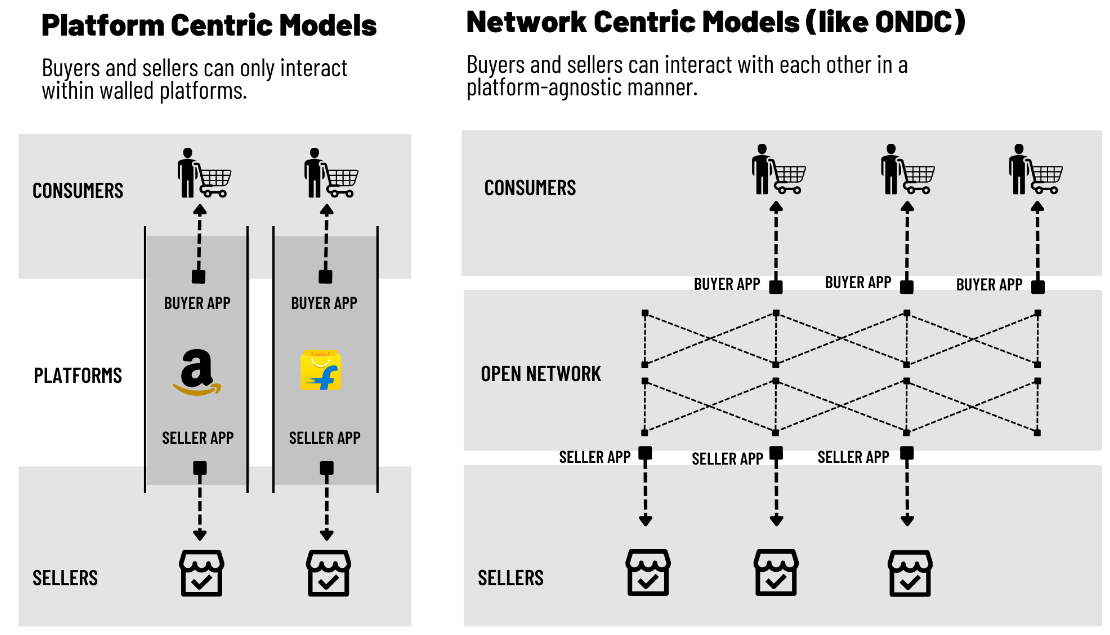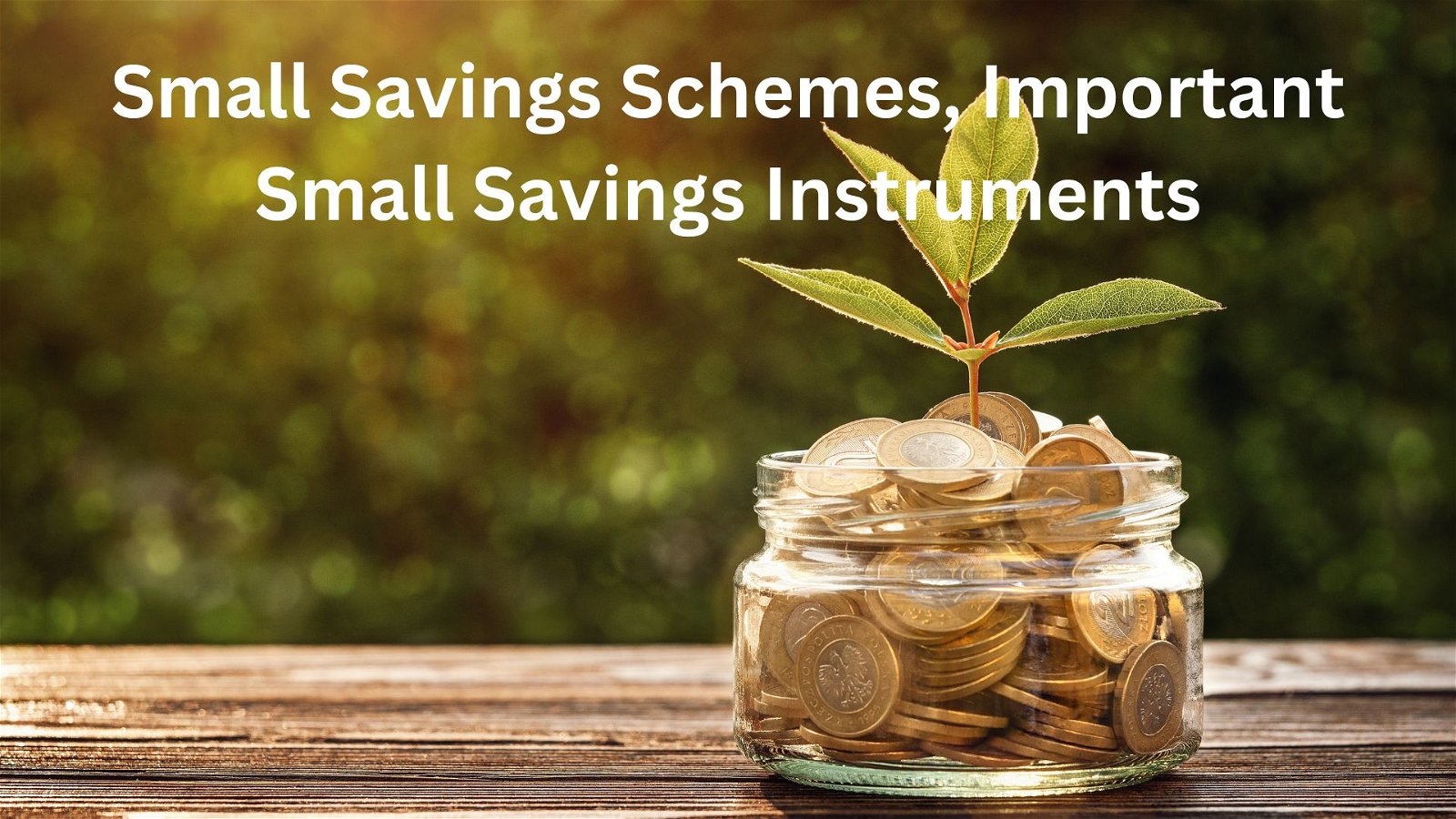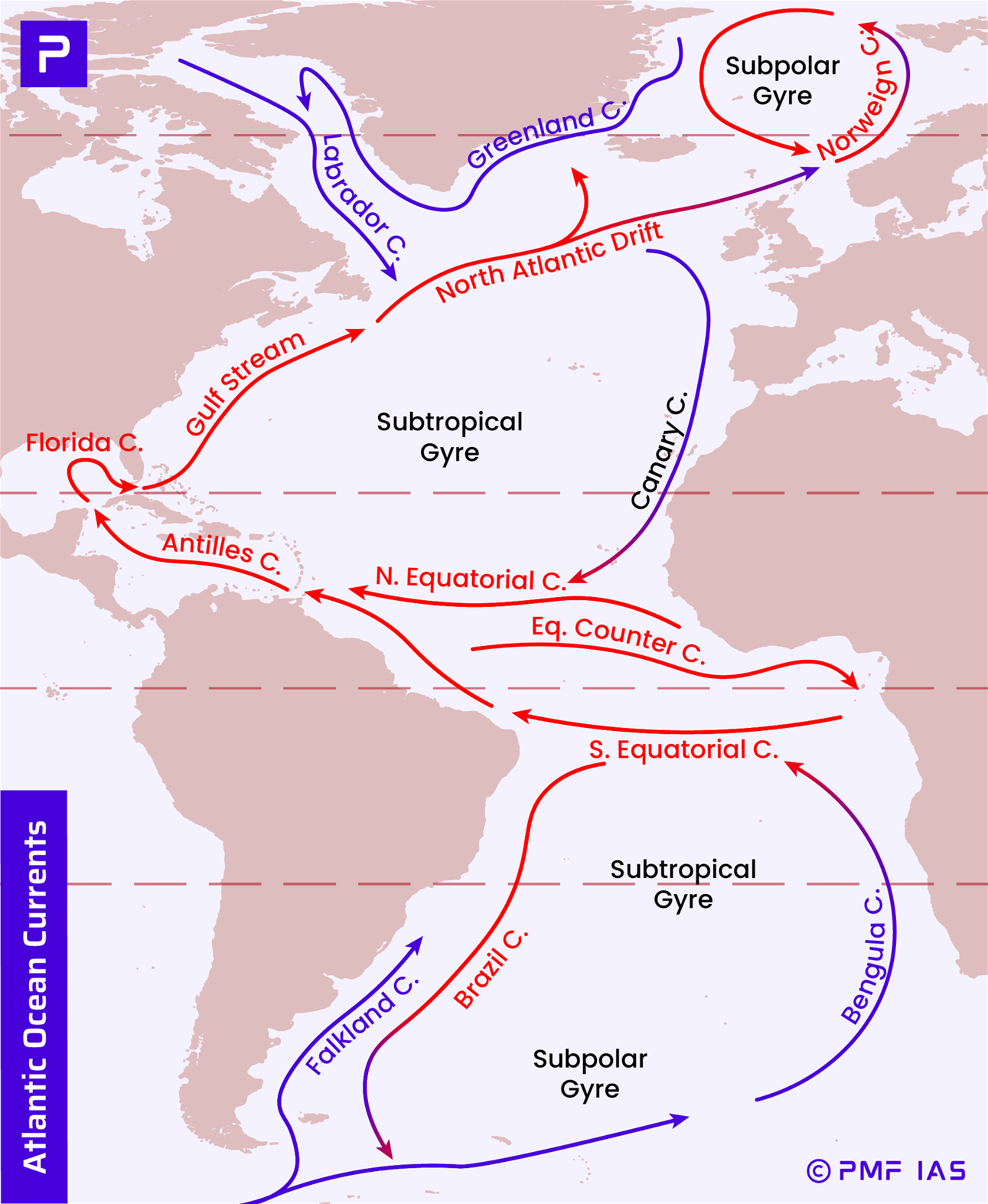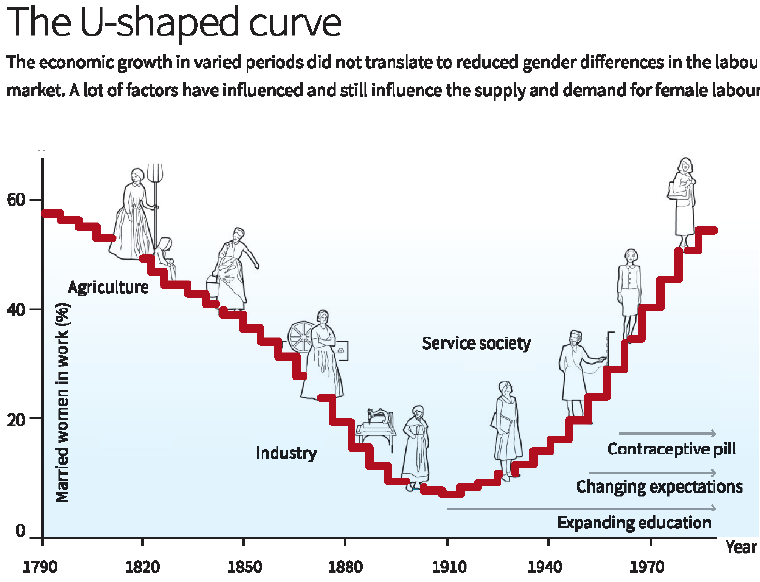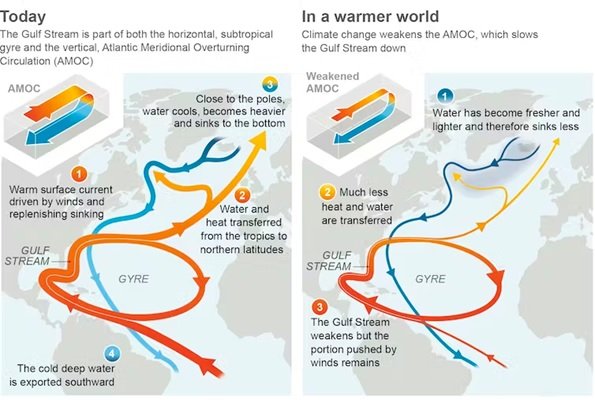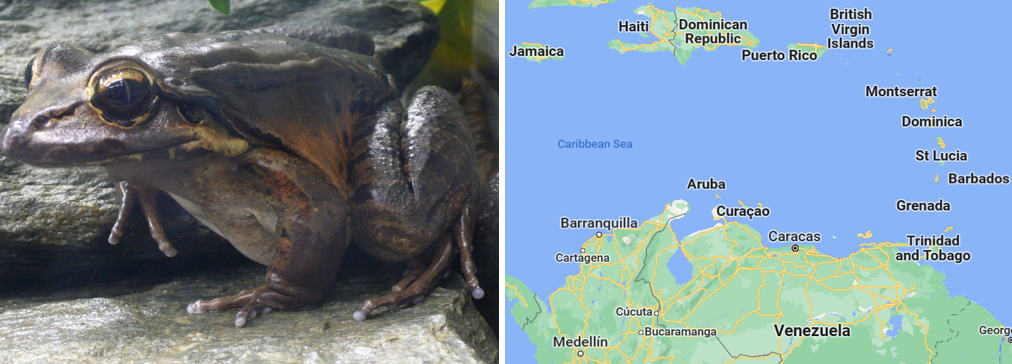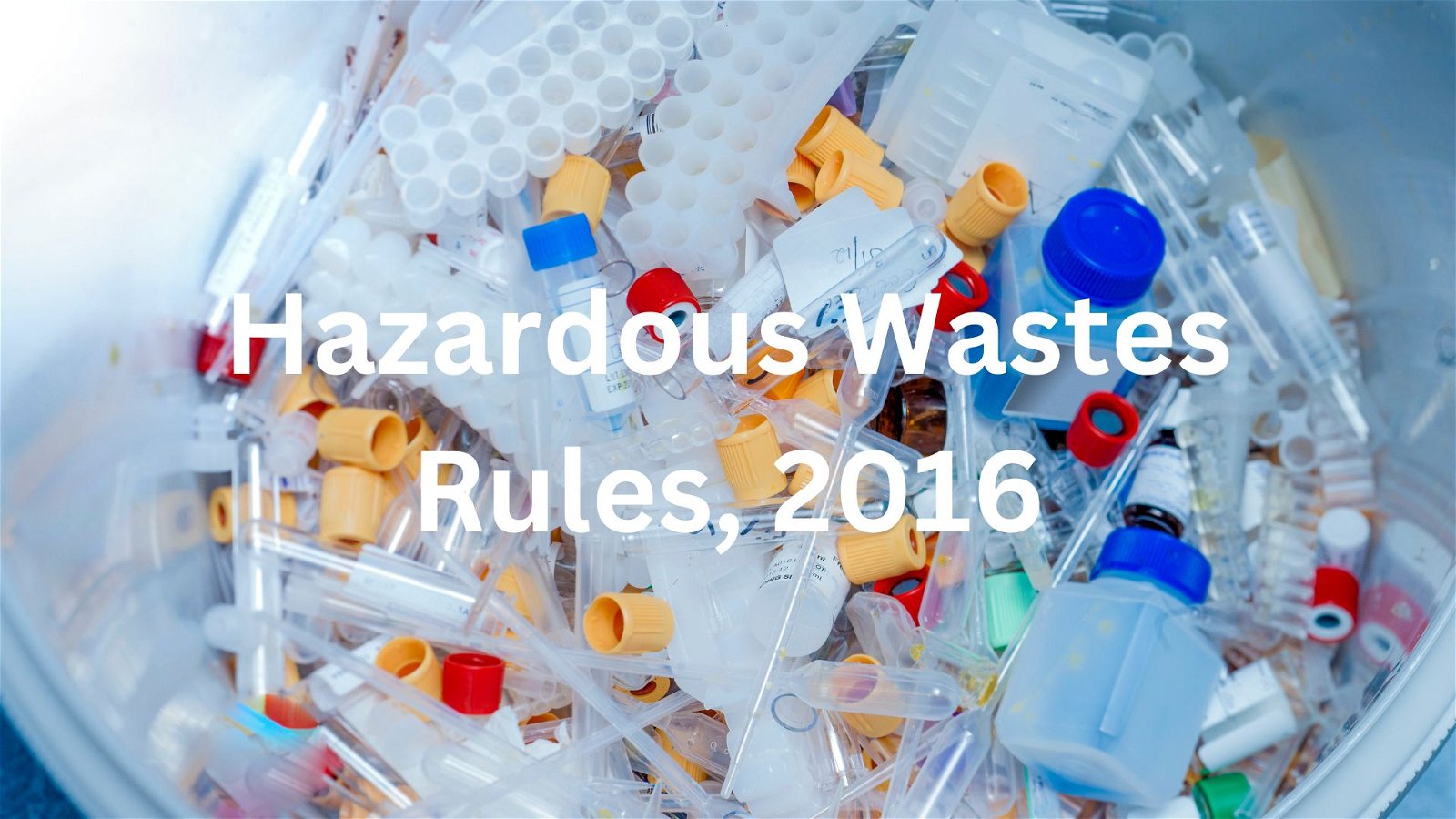
Current Affairs July 20, 2023: Rudragiri Hillock, Siachen Glacier, Indus Water Treaty (IWT), e-Shram, Hwasong-18, Guillain-Barré Syndrome
Subscribers of "Current Affairs" course can Download Daily Current Affairs in PDF/DOC
Subscribe to Never Miss an Important Update! Assured Discounts on New Products!
Must Join PMF IAS Telegram Channel & PMF IAS History Telegram Channel
{GS1 – A&C – Art – 2023/07/20} Rudragiri Hillock: A Treasure Trove of Rock Art
- Context (TH): The Rudragiri hillock in Andhra Pradesh is a treasure trove of rock art, with prehistoric paintings from the Mesolithic period and exquisite murals from the Kakatiya dynasty.
- The hillock is in the Eastern Ghats and features five naturally formed rock shelters at its foothills.
- These shelters served as living quarters for people during the Mesolithic period, around 5000 B. C.
- Two natural caves at the southern end of the hillock exhibit exceptional murals from the Kakatiyas.
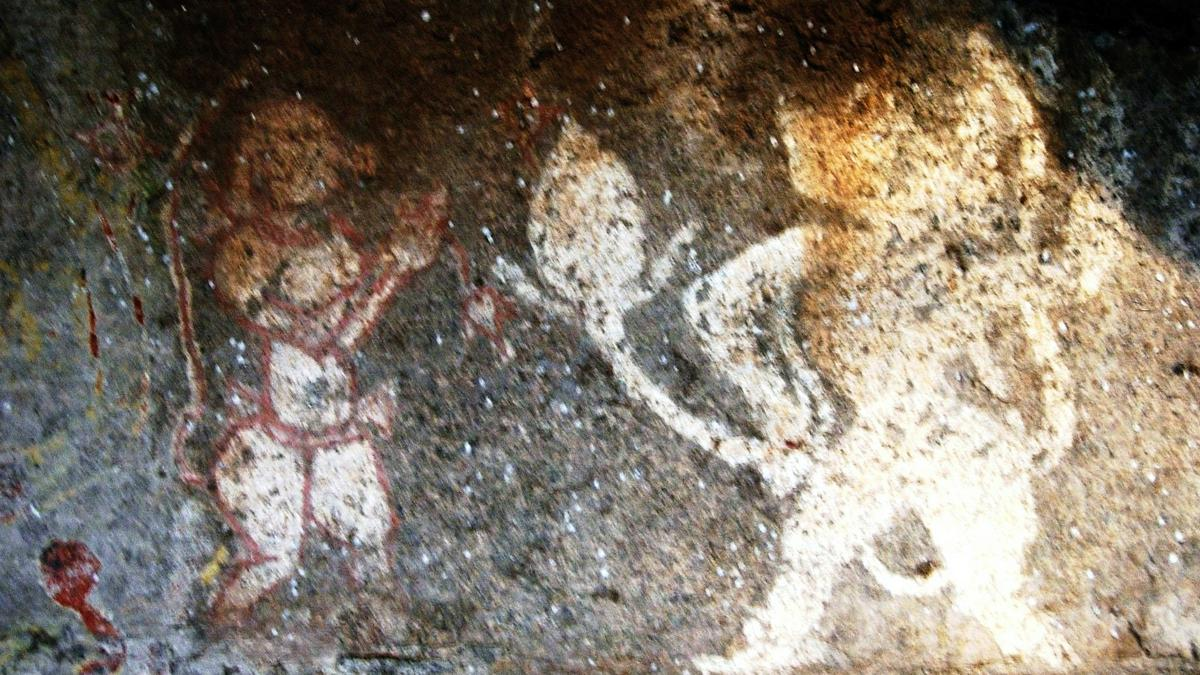
Key Findings
- The first cave presents a mural portraying the battle between the Vanara brothers, Vali and Sugriva.
- Both figures stand wielding maces. Rama, positioned behind Sugriva, shoots arrows at Vali.
- The middle cave features a sketch of Hanuman, accompanied by symbols of the conch (Sankha) and the fire altar (Yagna Vedi).
- Hanuman is depicted carrying the Sanjivani hill in his right hand (to save Lakshmana’s life).
- The third cave houses prehistoric rock paintings from the Mesolithic era.
- The Kakatiya artist chose the same rock shelter to superimpose the figure of Hanuman, who is portrayed in a unique ‘Anjali’ posture, folding his hands in a divine offering.
- Ganapati Deva Maharaja (1199-1262 AD), the founder of the Muppavaram temple and a prominent figure of the Kakatiya dynasty, likely patronised the rich ancient mural heritage found at Rudragiri.
{GS2 – IR – India-Pak – 2023/07/20} Border Disputes: Siachen Glacier
- Context (TH): June-August 2023 marks the sapphire jubilee (65th anniversary) of the first Geological Survey of India (GSI) Survey of Siachen glacier, which was led by V. K. Raina, a top Indian geologist.
- Siachen Glacier is a piedmont glacier between the Saltoro Ridge, a subrange of the Karakorams, and the main Karakoram Range.
- It is located in the disputed territory of Kashmir, and it lies in the “Third Pole. ”
- It is the second longest non-polar glacier in the world, after Fedchenko Glacier in Tajikistan.
- Siachen glacier originates at the base of the Indira Col West, a col (low point) on the Indira Ridge, at an altitude of 6,115 m.
- It is the highest battleground in the world and the temperature here drops up to -50°C.
- Nubra River originates from the Siachen Glacier. Nubra River is a tributary of the Shyok River, which in turn is a tributary of the Indus River.
|

Siachen Conflict
- The Siachen Glacier is located in the Eastern Karakoram range in the Himalayas, just northeast of Point NJ9842 where the Line of Control (LOC) between India and Pakistan ends.
- Both India and Pakistan claim sovereignty over the glacier.
- The 1949 Karachi Agreement and 1972 Simla Agreement did not clearly mention who controlled the glacier, and so LOC terminated merely at NJ9842.
- In 1984, Pakistan’s Operation Ababeel aimed to capture the Siachen Glacier.
- In response, Indian Army launched Operation Meghdoot (1984) and successfully took control of the Siachen Glacier, allowing India to gain a strategic advantage over the neighbouring Pakistani positions.
- Since then, the Siachen Glacier has been a contentious and heavily militarized zone, with both India and Pakistan maintaining a significant military presence in the region.
- The harsh climate and challenging terrain make Siachen one of the most inhospitable conflict zones.
|

Geological Survey of India (GSI)
|
{GS2 – IR – India-Pak – 2023/07/20} Indus Water Treaty (IWT), 1960
- Context (TH): India should revisit the Indus Waters Treaty (IWT) instead of frequently moving to the Permanent Court of Arbitration (PCA) to settle disputes and objections, says an expert.
- The Indus Waters Treaty (IWT), 1960, regulates the Indus water courses between India and Pakistan.
- The Indus River System comprises the Indus and its tributaries, Ravi, Beas, Sutlej, Jhelum, & Chenab.

- IWT provides India absolute control of all the waters of the eastern rivers — Ravi, Sutlej, & Beas.
- Pakistan will receive unrestricted use of all waters of the western rivers — Indus, Jhelum and Chenab.
- India is permitted to use the waters of the western rivers for domestic use, non-consumptive use, agriculture, and hydroelectric power generation.
The Success of IWT
- The IWT, having survived several wars and phases of bitter relations, is considered an example of cooperation between two unfriendly neighbours.
- The detailed procedures and dispute resolution mechanism and restraint from India are to be credited for the survival of the IWT.
Recent Issues
- In the last decade, exercising judicial recourse to settle competing claims and objections has increased.
- Pakistan had objected to India’s plan to construct
- 330 MW Kishenganga hydroelectric project on the Jhelum River and
- 850 MW Ratle Hydroelectric Project on the Chenab River.
- But under the IWT, India is permitted to construct the run-of-river hydroelectric projects on the tributaries of the Indus, Jhelum, and Chenab before these rivers flow into Pakistan.
Latest Development
- In January 2023, Pakistan approached the Permanent Court of Arbitration (PCA) over the two hydropower projects in Jammu and Kashmir.
- India boycotted the court process as it goes against the pre-existing dispute resolution channel.
- India claimed that the PCA is not competent to consider these questions.
- India insisted such questions should be decided through the neutral expert process.
- In July 2023, the court unanimously passed a decision rejecting each of India’s objections.
- The decision of PCA is binding on both parties without appeal.
Dispute Resolution Process Under IWT
- According to the IWT, there are three possible steps to decide on objections raised by either side:
- Working within the Permanent Indus Commission (PIC) of the Indian and Pakistani delegation of water experts that meet regularly.
- Consulting a World Bank-appointed neutral expert.
- Setting up a court process to adjudicate the case through the World Bank and the Permanent Court of Arbitration (PCA).
- However, while India has held that each step must be fully exhausted before both sides agree to move on to the next step, Pakistan had moved to PCA without waiting for India’s concurrence.
Permanent Court of Arbitration (PCA)
|
{GS2 – MoA – 2023/07/20} NAFED
- Context (PIB): The Department of Consumer Affairs has directed NCCF and NAFED to sell tomatoes at the retail price of Rs. 70/- per kg rate because of the declining trend in tomato prices.
National Agricultural Cooperative Marketing Federation of India Ltd. (NAFED)
- NAFED was established on the 2nd of October 1958.
- It is registered under the Multi-State Co-operative Societies Act.
- It is an apex organisation under the Ministry of Agriculture that deals with cooperative marketing of agricultural produce to benefit the farmers.
- Agricultural farmers are the prominent members of Nafed.
- NAFED is the nodal agency to implement price stabilisation measures.
Objectives
- To develop marketing, processing and storage of agricultural, horticultural and forest produce.
- Distribution of agricultural machinery, implements and other inputs.
- Undertake inter-state, import and export trade, wholesale or retail as the case may be.
- Act as a warehouseman under the Warehousing Act and construct its own godowns/cold storages.
- Advance loans to its members and on the security of goods.
National Cooperative Consumers’ Federation of India (NCCF)
Tribal Cooperative Marketing Development Federation of India Ltd. (TRIFED)
|
{GS2 – MoLE – 2023/07/20} e-Shram and National Career Service (NCS) Portals
e-Shram portal
- e-Shram portal is developed by the Ministry of Labour and Employment (MoLE).
- It is the world’s largest database of unorganised workers.
- It aims to register 38 crore unorganised workers such as construction labourers, migrant workers, street vendors, and domestic workers.
- Every registered worker gets an eSHRAM card with a unique 12-digit Universal Account Number (UAN).
- Eligibility: Any worker working in the unorganised sector aged between 16-59.
Benefits
- The database will help assist unorganised workers in emergencies and pandemic-like situations.
- It helps extend social security schemes’ benefits to unorganised workers.
- The e-Shram portal is integrated with National Career Service (NCS) portal.
- It is also integrated with the Pradhan Mantri Shram Yogi Maan-dhan (PM-SYM) portal to facilitate eShram registrants getting benefits from the pension scheme of the MoLE.
National Career Service (NCS) Portal
- NCS was launched in 2015 under the Ministry of Labour and Employment
- It provides a wide range of employment and career-related services to the citizens of India
- It works towards bridging the gap between job seekers and employers, candidates seeking training and career guidance, and agencies providing training and career counselling.
{GS3 – IE – Banking – 2023/07/20} Primary Agricultural Credit Societies (PACS)
- Context (PIB): Delivery of Common Service Centre (CSC) services through PACS.
- PACS are village-level cooperative credit societies that deal directly with farmers.
- They serve as the last link in a three-tier cooperative credit structure — State Cooperative Banks District Central Cooperative Banks PACS (the smallest cooperative credit institution).
- PACS also constitute the lowest tier of the Short-Term Cooperative Credit (STCC) structure.
- NABARD refinances PACS through District Central Cooperative Banks and State Cooperative Banks.


Members of PACS
- Individual farmers are members of the PACS, and office-bearers are elected from within them.
- A village can have multiple PACS.
Short-term lending to members
- PACS provide short-term and medium-term credit and other input services, like seeds, fertilisers, pesticide distribution, etc. , to member farmers.
- In short-term lending (also called crop loans), farmers avail credit at the start of the cropping cycle.
- Banks (including PACS) extend this credit at 7% interest (under the interest subvention scheme, central and state governments subsidise a part of this interest).
Advantages of PACS
- Minimal paperwork: PACS can extend credit with minimal paperwork within a short time. Farmers have to deal with tedious paperwork and red tape with other scheduled commercial banks.
- Timely Access to Credit: PACS, with their last-mile connectivity, provide farmers timely access to capital.
- Financial Inclusion: They increase financial inclusion in rural areas with limited formal financial services.
Downsides of PACS
- Since PACS are cooperative bodies, political compulsions trump financial discipline (the authority of the recovery agents is diminished due to political interference).
PACS as Common Service Centres (CSCs)
- PACS have been enabled to function as CSCs, form FPOs, apply for LPG Distributorship, retail petrol/diesel pump outlets, Jan Aushadhi Kendras, work as fertilisers distribution centres, etc.
- Delivery of CSC services through PACS in rural areas will increase employment opportunities.
Common Services Centres (CSCs)
|
{GS3 – IE – Imports – 2023/07/20} Strategic Gas Stockpile
- Context (IE): India is exploring a more strategic gas stockpile to hedge against volatility.
- India is the world’s third-largest consumer of crude.
- It depends on imports for more than 85% of its requirement.
- India has strategic crude oil reserves that can hold 5. 33 million tonnes of oil in underground caverns to meet around 9. 5 days of the country’s oil demand.
- In Addition, oil marketing companies provide an additional 64. 5 days of storage, totalling approximately 74 days of petroleum demand coverage.
|
Strategic Petroleum Reserves
- Strategic oil reserve refers to a stockpile of crude oil/petroleum that a country maintains as a strategic measure to ensure energy security and stability in times of emergencies or disruptions.
Strategic Petroleum Reserve (SPR) Programme in India
- The Strategic Petroleum Reserve (SPR) Programme is a government initiative to create a strategic stockpile of crude oil to meet the country’s energy needs in an emergency.
- The SPR is owned and operated by Indian Strategic Petroleum Reserves Limited (ISPRL), a wholly-owned subsidiary of the Oil Industry Development Board (OIDB), which functions under the administrative control of the Ministry of Petroleum and Natural Gas.
- The SPR Programme was launched in 2005 and has three phases:
- Phase-1 was completed in 2016 and added three underground crude oil storages with a total capacity of 5. 33 million metric tonnes (MMT).
- Phase-2 is under construction and will add two more underground storages with a total capacity of 6. 5 MMT. The new storage will be at Chandikhol in Odisha and Padur in Karnataka.
- Phase-3 is in the planning stage. It will add one underground storage with a capacity of 4 MMT.

India’s Need For A Strategic Gas Reserve
- India currently does not have any strategic natural gas storage facilities. This is a problem as India depends on imports to meet around half of its natural gas requirements.
- In the aftermath of Russia’s invasion of Ukraine, the global natural gas supply tightened, and prices surged. This adversely impacted India, one of the major liquefied natural gas (LNG) importers.
- To avoid a major energy crisis in the winter of 2022, the EU countries stocked up natural gas, filling their gas storage facilities to 90% capacity.
- GOI has set a target to increase the share of natural gas in its primary energy mix to 15% by 2030. This makes it even more critical for India to have strategic gas storage facilities.
How Natural Gas be Stored?
- Natural gas can be stored in various ways, including
- underground in depleted oil/gas fields, natural aquifers/salt caverns, in a gaseous state, and
- in the form of LNG in large over-ground tanks.
- In the US, most natural gas storages are in depleted oil and gas fields close to gas consumption centres.
For more information: Petroleum and Mineral Oil (PMF IAS)
{GS3 – S&T – BioTech – 2023/07/20} Bacteriophages: The Good Viruses
- Context (IE): With antibiotic resistance rising, bacteriophages that hunt and kill bacteria can help.
- Bacteriophage (or Phage) is a virus that infects bacteria and reproduces within it.
- They are ubiquitous viruses that selectively and specifically infect their bacterial host.
- They are everywhere where bacteria exist, including in our own body’s microbial ecosystem.
- They consist of a capsid (a protein coat) that contains the double-stranded DNA genome and a tail.
- The tail is essential for host recognition and viral attachment and, therefore, successful infections.

Phage Therapy
- In phage therapy, bacteriophages are used to treat pathogenic bacterial infections.
- This therapy has many potential applications in medical science, veterinary science, and agriculture.
Benefits of Phage Therapy
- Specificity: Bacteriophages target only the specific bacterial strains they are designed to infect while leaving beneficial bacteria and the host’s cells unharmed.
- Adaptability: Bacteriophages can co-evolve with bacteria. This adaptability is crucial in the fight against antibiotic-resistant bacteria.
- Reduced Antibiotic Resistance: Since phages target specific bacteria, there is a lower likelihood of inducing bacterial resistance compared to broad-spectrum antibiotics.
- Biofilm Penetration: Bacterial biofilms covering bacteria are often highly resistant to antibiotics. Phages have shown the ability to penetrate biofilms and target bacteria within.
- Self-Replicating Agents: Phages can replicate at the site of infection, providing a continuous supply of the therapeutic agent, unlike antibiotics that are metabolised and excreted from the body.
- Fewer Side Effects: Since phages specifically target bacteria, they are less likely to develop side effects.
- Potential for Personalized Treatment: Phages can be used to customise treatments for individual patients based on the bacteria causing their infections.
- Alternative for Multidrug-Resistant Infections: Phage therapy offers a potential solution for infections caused by multidrug-resistant bacteria.
Cahllenges for Phage Therapy
- Selection: Identifying the most effective phages for infection can be time-consuming.
- Phage Resistance: Bacteria may undergo genetic mutations to resist phage infection.
- Immune Response: The body’s immune system recognises and eliminates phages.
- Safety Concerns: Some concerns, like the potentially toxic effects of phages.
- Regulatory Hurdles: The lack of standardised guidelines and established protocols for phage therapy can slow its adoption as a mainstream treatment option.
- Manufacturing and Quality Control: Producing phages for therapeutic use on a large scale and ensuring consistent quality are complex processes.
Virus
More information on Bacteria and Viruses: Virus, Difference Between Virus & Bacteria |
{GS3 – S&T – Defence – 2023/07/20} Hwasong-18
- Context (WION): North Korea has launched its new solid-fuel-based intercontinental ballistic missile (ICBM) called Hwasong-18.
Ballistic Missiles
- A ballistic missile follows a ballistic trajectory to deliver warheads to a predetermined target.

- A ballistic trajectory is the path of an object that is launched but has no active propulsion during its actual flight (these weapons are guided only during relatively brief periods of flight).
- Consequently, the trajectory is entirely determined by the initial velocity, effects of gravity, air resistance, and earth’s motion (Coriolis Force).
- Short-range ballistic missiles (SRBMs) stay within the Earth’s atmosphere, while intercontinental ballistic missiles (ICBMs) spend most of their flight out of the atmosphere.
| Types of Ballistic Missiles | Range | |
| Short-range (Tactical) Ballistic Missile (SRBM) | 300 km and 1,000 km | |
| Medium-range (Theatre) Ballistic Missile (MRBM) | 1,000 km to 3,500 km | |
| Intermediate-range (Long-Range) Ballistic Missile (IRBM or LRBM) | 3,500 km and 5,500 km | |
| Intercontinental Ballistic Missile (ICBM) | >5,500 km | |
Advantage of solid-fuel ICBMs over liquid-fuel ICBMs
|
||
| Ballistic Missile | Cruise Missile | |
| It is propelled only briefly after the launch. | It is self-propelled till the end of its flight. | |
| Similar to a rocket engine (carries an oxygen tank). | Similar to a jet engine (which uses atmospheric oxygen for combustion). | |
| It is a long-range missile because there is no fuel requirement after its initial trajectory. | It is a short-range missile because it requires fuel till the end of its flight to guide it constantly. | |
| It leaves the earth’s atmosphere and re-enters it. | Its flight path is within the Earth’s atmosphere. | |
| Low precision as it is unguided for most of its path, and its trajectory is influenced by air resistance. | High precision as it is constantly guided. | |
| Heavy payload carrying capacity. | Limited payload carrying capacity. | |
| Can carry multiple payloads. | Usually carries a single payload. | |
| Developed primarily to carry nuclear warheads. | Developed primarily to carry conventional warheads. | |
| E. g. , Prithvi, Agni, and Dhanush missiles. | E. g. , BrahMos missiles | |
Suggested reading: Ballistic Missile vs. Cruise Missile, India’s Missile Systems, IGMDP
{GS3 – S&T – Tech – 2023/07/20} Steel Slag Road Technology
- Context (PIB I TOI): The Central Road Research Institute has developed steel slag road technology in collaboration with the Ministry of Steel.
- The tech facilitates the large-scale utilisation of 19 million tonnes of steel slag generated in India.
- Benefits of using steel slag in road making:
- 30% less construction cost than traditional construction method.
- Less thicker and more durable.
- Lower carbon footprint than roads built from natural aggregates.
Steel slag
- Steel slag, a by-product of steelmaking, is produced during the separation of molten steel from impurities in steel-making furnaces.
Uses of Steel Slag
- Road construction: Steel slag can be used as a substitute for aggregate in road construction. It is a cheaper and more environmentally friendly option than traditional aggregate.
- Concrete production: Steel slag can be used as a partial replacement for cement in concrete production. This can help to reduce the cost of concrete and improve its durability.
- Soil remediation: Steel slag can be used to improve the drainage and aeration of soil. It can also be used to neutralise acidic soil.
- Landscaping: Steel slag can be used as a decorative material. It can be used to create paths, patios, and other features.
- Waste disposal: Steel slag can be used to dispose of hazardous waste. It is a safe and effective way to contain and isolate waste materials.
For more information: Iron and Steel Industry | PMF IAS Environment 2nd Edition > Polluting Industries.
{Prelims – Bio – Diseases – 2023/07/20} Guillain-Barré Syndrome (GBS)
- Context (IE | HT): Peru has declared a national health emergency due to Guillain-Barre syndrome.
- Guillain-Barré Syndrome is a rare neurological disorder where the body’s immune system mistakenly attacks its own peripheral nerve cells.
- Myelin sheath (an insulating layer of fat and protein that surrounds the nerve cells) becomes inflamed.
- Myelin sheath enables signals to pass through the nerve tracts at breakneck speed under normal conditions. If the sheath is inflamed, the nerves can hardly transport stimuli.
- Effects of this syndrome: Difficulty in speaking, walking, swallowing, or performing other normal functions. In severe cases, the peripheral nerves get damaged, and the muscles become weak or paralyzed.
- Causes: Exact reasons for GBS are not yet understood. However, it often develops shortly after a person gets an infectious disease like Zika virus, COVID-19 virus, etc. Rarely, vaccinations can cause it.
- Treatment: No certain cure for Guillain-Barré Syndrome. However, two treatments can help recovery and reduce the severity of GBS:
- Plasma exchange or Plasmapheresis: The plasma part of the blood is removed, inducing new plasma production. This treatment removes the antibodies which are attacking the peripheral nerves.
- Immunoglobin therapy: Healthy antibodies from blood donors are injected intravenously. The damaged antibodies contributing to GBS are then blocked with high doses of immunoglobulins.
|

{Prelims – Misc – 2023/07/20} Henley Passport Index
- Context (TH): India secures 80th rank on the Henley Passport Index.
- The Henley Passport Index by Henley and Partners ranks all the world’s passports according to the number of destinations their holders can access without a prior visa.
- India has climbed seven places from 87 last year, though the number of countries that allowed visa-free access to Indian passport holders remains unchanged.
- Singapore occupied the top position. Japan, which held the top position for five years, dropped to third.
- Syria, Iraq, and Afghanistan have the weakest passports in the world, ranking 101, 102, and 103, respectively. Pakistan is on the 100th spot.
Henley Openness Index
|





![PMF IAS Environment for UPSC 2022-23 [paperback] PMF IAS [Nov 30, 2021]…](https://pmfias.b-cdn.net/wp-content/uploads/2024/04/pmfiasenvironmentforupsc2022-23paperbackpmfiasnov302021.jpg)
